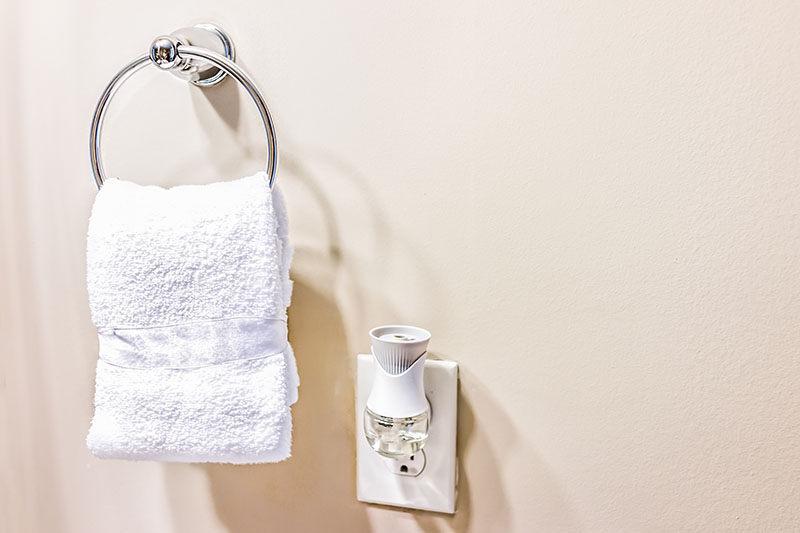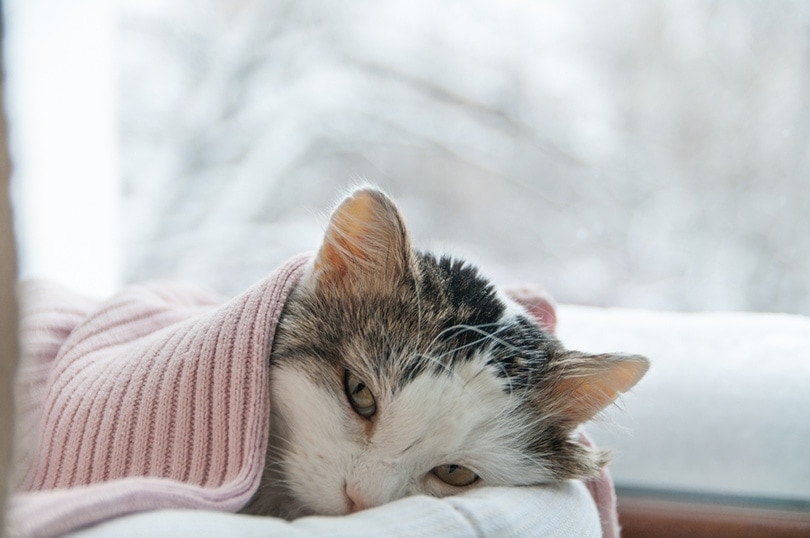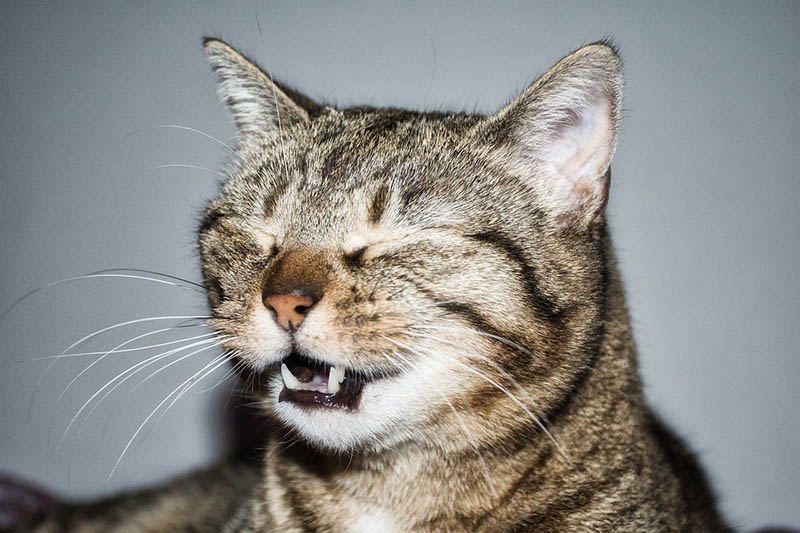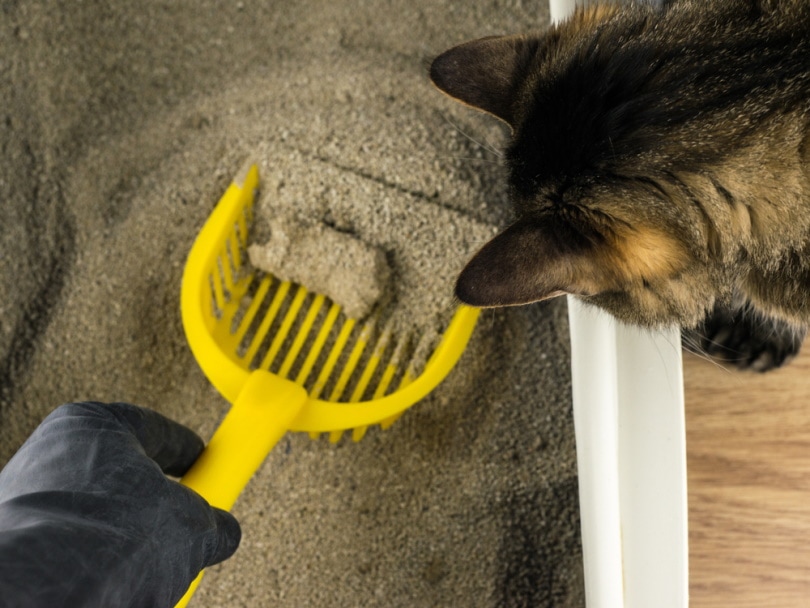
Cats are wonderful animals and they are considered the cleanest of all pets. You know how rarely they can get smelly! However, many pet parents may wonder if it is safe for their cats to use commercial plug-in air fresheners to help improve the air. Unfortunately, most air fresheners are not safe for cats. Keep reading as we explain why this is the case and provide you with a few alternatives that you can try instead so you can get back to enjoying fresh air with your cat.

Are Plug-in Air Fresheners Safe for Cats?
Unfortunately, most air fresheners seem to have dangerous ingredients that can harm a cat’s health. These products contain volatile organic compounds (VOCs), which are chemicals that can cause eye and throat irritation, headaches, loss of coordination, damage to the liver, and even cancer. An Environmental Impact Assessment Review study found that when testing 25 common commercial fragranced products1, each had at least one of 24 toxic or hazardous VOCs, along with an average of 17 additional VOCs. Among these fragranced products, eight were air fresheners.

Issues Associated With VOCs
Are Essential Oil Air Fresheners Safe for Cats?
Unfortunately, essential oil air fresheners also contain VOCs and can be just as dangerous as commercial plug-in air fresheners. In fact, cats are especially sensitive to these fragrances. In order to keep your kitty safe, you should never use essential oils around your cat2.
Signs That Your Cat Is Having a Toxic Reaction to an Air Freshener
Signs of a toxic reaction to an air freshener can start immediately or develop over time. Usually, the cat will try to move out of the area or begin to duck or crouch down. They might also start to cough, sneeze, and develop a discharge from the eyes and nose, similar to what you might see if your cat was experiencing allergies due to pollen. Later, you might notice a lack of appetite, lethargy, diarrhea, and vomiting. If your cat suffers from asthma or any respiratory condition, it is especially important to avoid air fresheners at all times.

How Can I Freshen My Home Without Using a Plug-In Air Freshener?
Baking Soda
Baking soda is ideal for removing unwanted fragrances all around the home. You can add it to your cat’s litter box to help prevent scents from leaking out, and you can also spread it over your carpet and furniture, let it sit for a short time, and then vacuum it up to remove odors outside the litter box. It’s inexpensive, easy to find, and safe to use around pets. In fact, many commercial cat litters already include baking soda to help control odors.
Cat Litter
Certain cat litter brands contain fragrance, baking soda, or other ingredients to help control bad odors at their source. However, you have to be careful with scented litter because it can be too strong for some cats, and many pet owners don’t like how it smells, anyway.
Cleaning the Litter Box More Frequently
Cleaning the litter box immediately after your cat uses it can help keep the odors from spreading through the house and getting trapped in the furniture.

Moving the Litter Box
Moving your litter box to another part of your home can help prevent odors from entering your primary living space, so there is less need to use an air freshener.
Pet-Friendly Air Freshener
If you need to add fragrance to your living space, we recommend looking for a brand that uses ingredients that won’t harm your pet. Several options are available, including squirt bottles, sprays, and even odor-absorbing gels.
Ventilation
The best way to keep your home odor-free is ventilation. Opening a window to allow fresh air to enter and odors to leave is the safest method to freshen your home.

Summary
Unfortunately, most plug-in air fresheners contain ingredients that can be harmful to your cat, even in small amounts. Clinical signs of a toxic reaction include sneezing, coughing, runny nose, diarrhea, vomiting, and lack of appetite. If you notice your cat experiencing these signs, stop using air fresheners and call your vet. Luckily, cats are very clean animals, and you likely won’t struggle to keep your home odor-free. Keeping the litter box clean, using absorbent litter, and using baking soda to help absorb odors can all help keep your home smelling fresh. If you would like to use an air freshener, look for a brand that specifies that it is pet-safe to keep your cat healthy.
Featured Image Credit: Kristi Blokhin, Shutterstock

